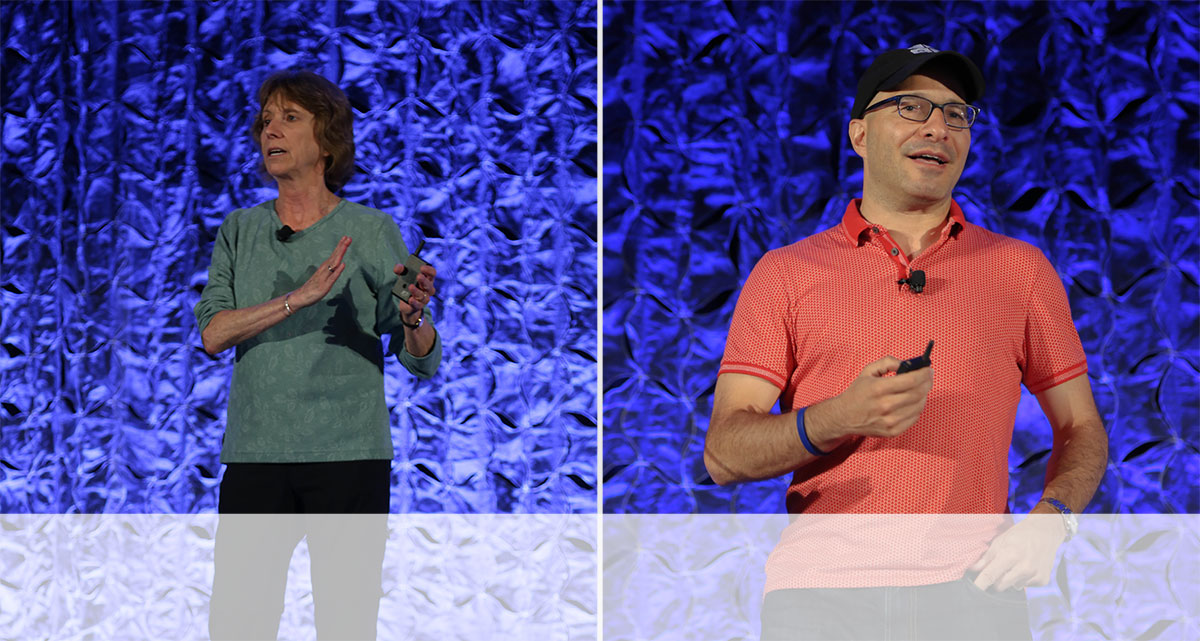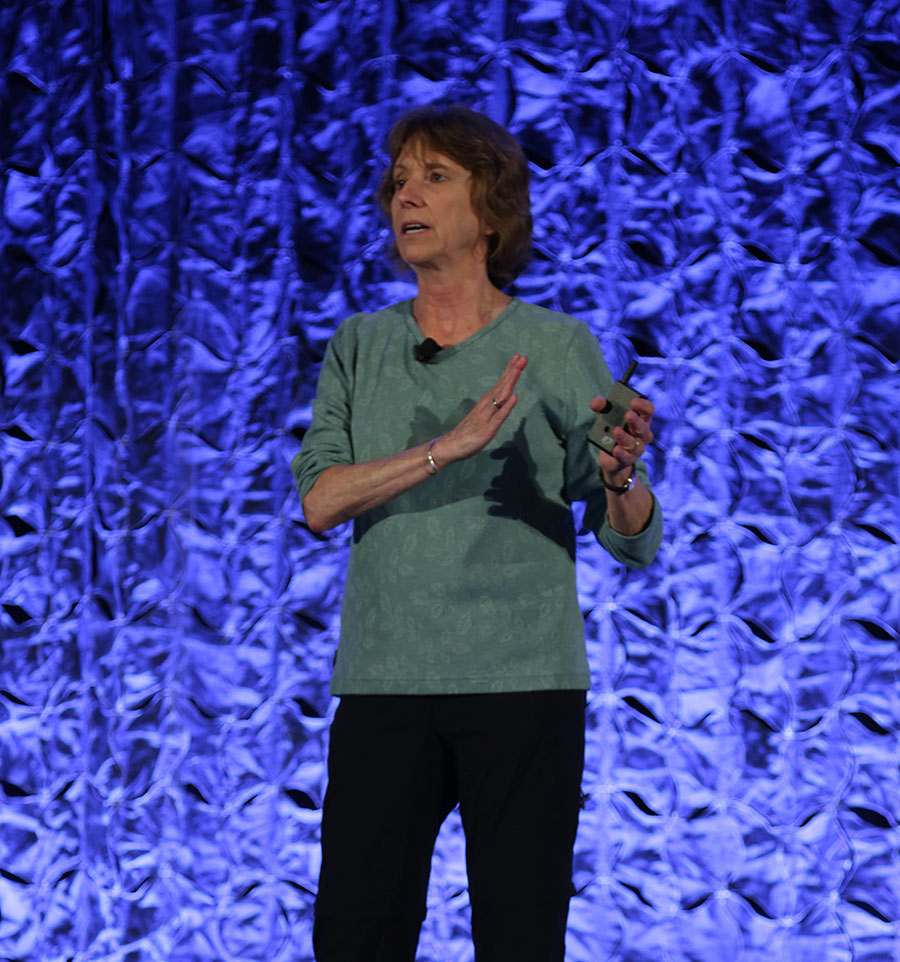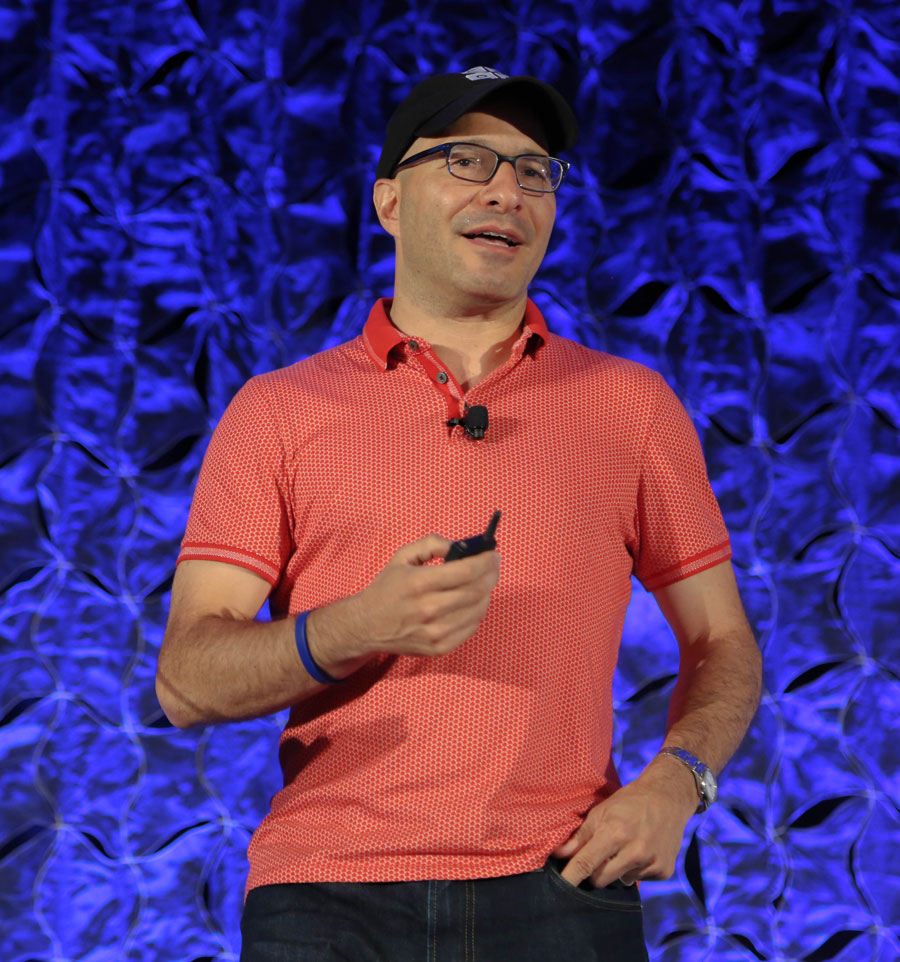
Equity and access was a common theme throughout the conference. In his opening remarks, CSBA President Mike Walsh said, “We, as education leaders, have a responsibility to see that these [computer science and Next Generation Science] standards are implemented with fidelity and in a way that prepares all students — regardless of background — for success in college, career and civic life.”
Statistics throughout the individual sessions and those presented by the General Session speakers emphasized both the general need for more financial support and curriculum in the STEM fields — especially computer science — and the even greater need to ensure access for women and minority groups. In the United States, 143,000 graduates in computer science are needed to fill current positions. In 2015, the last year in which national data is available from the Department of Education, only 43,000 students graduated in the computer science field.
— Jay Bass, board member, Lemon Grove Unified School District
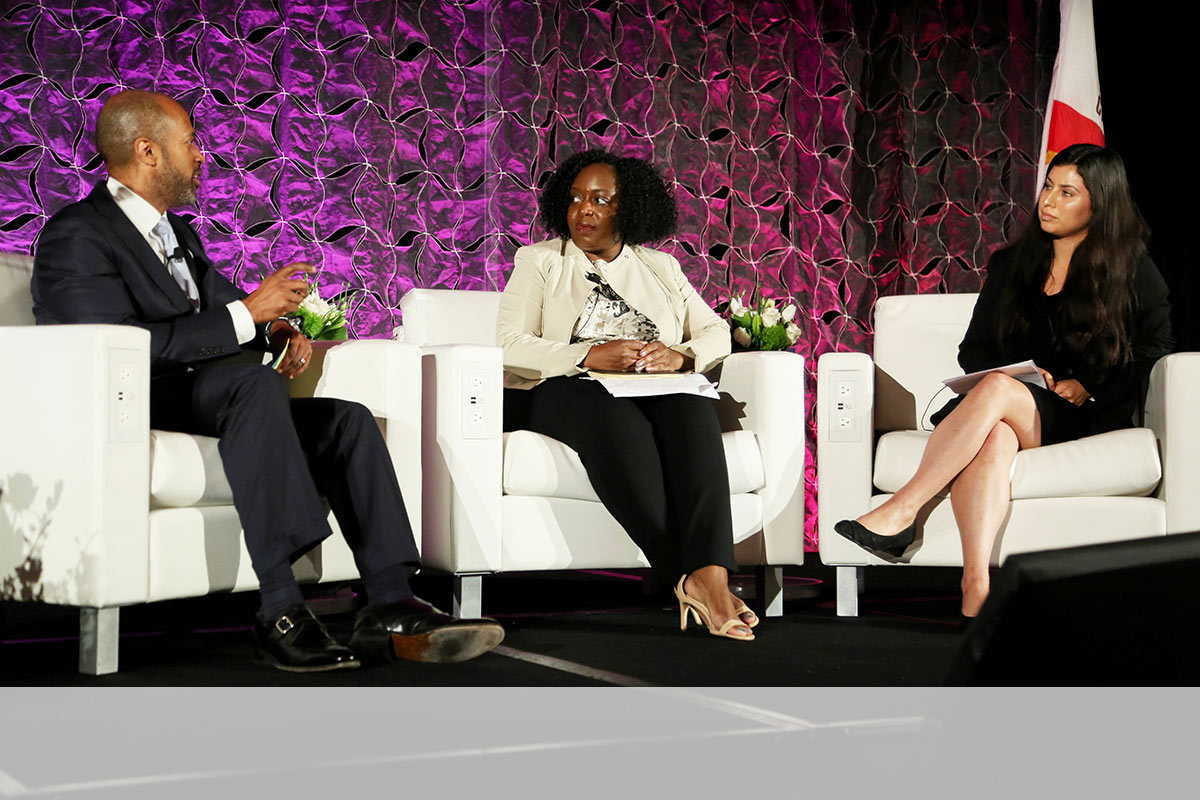
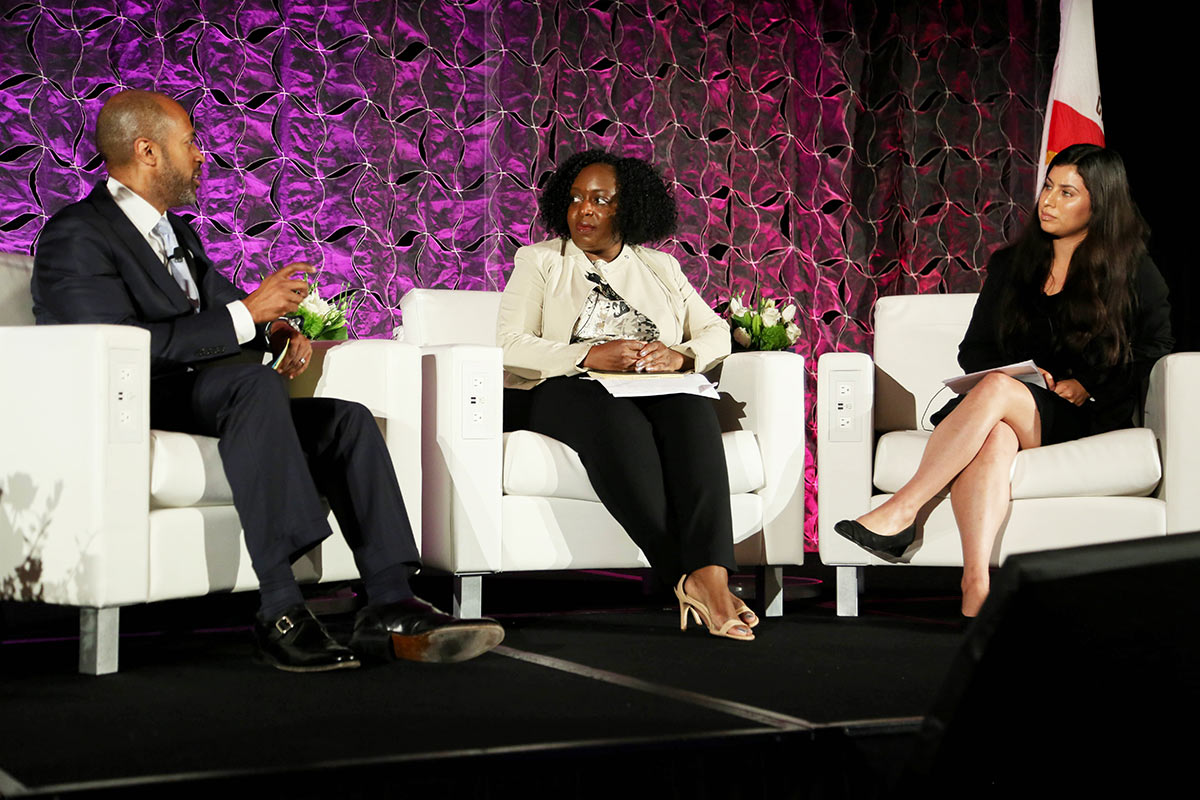
Access to computer science courses is even more limited for women, minority and low-income students, but districts and states are beginning work to reverse this trend. Female, African-American, Latino and rural student participation in AP computer science exams more than doubled nationwide from 2016 to 2017, according to a report from the College Board. The overall numbers have also been increasing dramatically, from 20,041 students taking an AP Computer Science exam in 2007 to 103,797 students in 2017.
These numbers are just a start and need to grow dramatically according to the many experts who spoke at the Leadership Institute. Code.org founder and CEO Hadi Partovi said that in the next 30 years, 50 percent of today’s jobs will be eliminated or vastly changed by advancing technology. The mission of Code.org is to expand access to computer science in schools and to increase participation by women and underrepresented minorities.
Another focus of several sessions is the importance of providing a curriculum with the proper rigor to prepare students for learning in college and the future workforce in STEM fields. Despite the marked growth of STEM-related careers — seven out of the 10 fastest growing occupations in California are in STEM fields — many California high schools do not offer the courses critical to STEM education including calculus, chemistry, physics, Algebra 2, biology and geometry. Proper placement and structured pathways through these courses also contribute to optimal student outcomes.
A session on STEM model programs and best practices featured district representatives that made the most of the industries and resources in their areas to bolster STEM education in their districts. For example, Antelope Valley Union High School District trustee Jill McGrady discussed the importance of partnerships with the aerospace industry in the area and leveraging these partnerships through field trips and professional development opportunities. She also emphasized the importance of prioritizing STEM education in the Local Control and Accountability Plan, and cited the district’s use of braided funding to support STEM education from different buckets including the general fund, categorical funds and career and technical education funds.
Google’s Maggie Johnson also noted that 65 percent of students in elementary school today will end up in careers that haven’t been invented yet. “We need to provide an academic foundation based on problem-solving, critical thinking, communication and collaboration,” she said.
The opportunity to learn from tech leaders, subject experts and peers made the 2018 Leadership Institute a valuable resource to board members, who cited the real-world examples and practices they found useful. “There is a lot that I’ve learned that I am excited to take back,” said Corona-Norco Unified School District trustee Mary Ybarra. “In fact, I have been texting my superintendent after every class with new information.”
